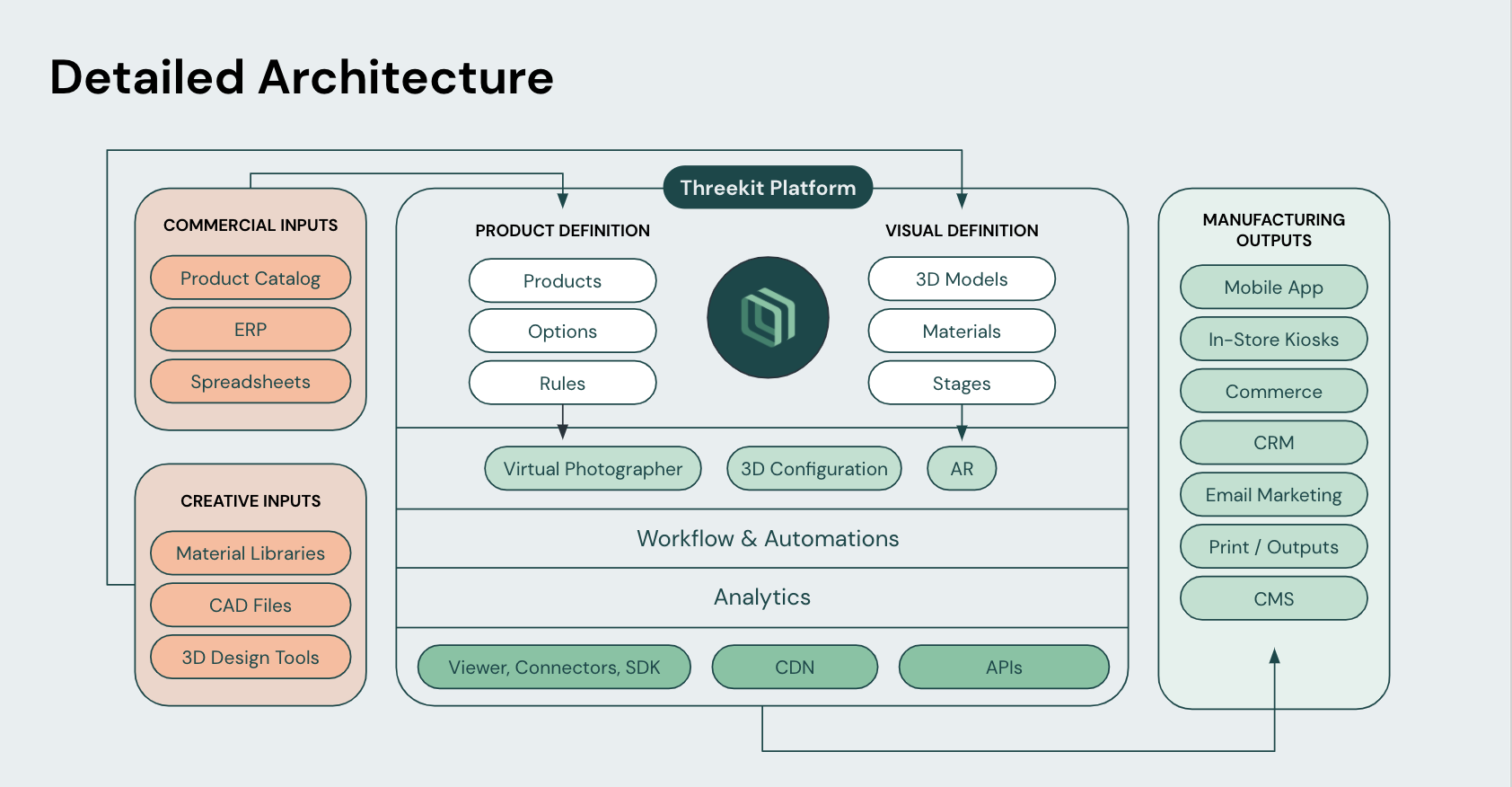Getting Ready for Your Project 4/6 – Team Readiness
In this six-part "Getting Ready for Your Project" series, we're going to help you and your team figure what you need to prep so that you can begin your project on time with minimal stress.
Team Readiness:

Now that we've reviewed the product, model, and material prep requirements, we're turning our attention to the team managing your project. Today, we'll make sure you have the right individuals assigned to manage the project and provide insight into project success and adoption.
Things to Consider:
Have you identified a project lead and relevant Subject Matter Experts (SMEs)? How much experience does your lead have with 3D/AR projects?
Every Threekit services project begins with the assignment of a Project Manager (PM). PMs evaluate the budget, assign resources, and act as your main point-of-contact during your implementation.
Subject Matter Experts (SMEs) can either work at your company or be a part of a contracted team. They have specialized knowledge that will be relevant to some portion of the project, whether it's the 3D assets themselves or the website integration you will need to undertake as part of the final product rollout.
Relevant SMEs for a Threekit project might include:
- 3D or digital artists
- Members of the eCommerce team
- Internal or external product experts and designers
Do you have a clear internal approval structure for the project?
Approvals can often be one of the bottlenecks in a project, particularly if you have not cleared the appropriate internal hurdles before the project kicks off. Let's say you expected your project manager to have the ability to approve a 3D design. However, six weeks into your project, you realize that you also need the internal pattern team's approval of 3D model quality on all models – this will likely impact your timeline.
To streamline the approval process:
- Ensure you have clear internal guidelines on who will be approving your 3D models/images.
- Determine whether any of the individuals required for approvals will be out-of-office or on other high-priority projects during the weeks planned for approval.
- If you realize you do need to bring in another team, let your Threekit project manager know as soon as you find out so they can adjust your project timeline.
Be realistic about the time the project is dependent on your feedback.
When an external project manager scopes a project, they are making some assumptions about the time it will take your team to provide materials, reference images, configuration requirements, and other key project details. In order for a project to kick off on time and subsequently progress on schedule, both teams need to stick to project milestones or risk impacting the eventual go-live.
A simple spreadsheet can help you track whether your team is providing feedback and required materials on time. It's worth investing a little upfront time to check for inefficiencies in your process so you can resolve them before they become an issue for the project timeline.
Who will be managing the platform & products once the implementation is complete?
Do you have somebody on staff who understands how to add new products, upload models, and render them (if necessary)? If not, do you have the budget to hire an external partner or undertake additional project scope every time you need to make changes?
You should have a sense of this process and budget before you even sign the Statement of Work (SOW) for your current project; otherwise, you might be taking on substantial tech debt before you complete your new initiative.
Who will be supporting the change management process post-implementation?
If your project impacts specific teams or individuals on those teams, have you discussed training and support for those team members as part of your project SOW? Is this something you want to undertake internally, and if so, do you have a rollout and adoption plan as part of your internal project checklist?
There is nothing more disappointing than completing a project (especially if it's a substantial investment) and not having team buy-in. A good strategy is to bring in early adopters during the implementation process for feedback and eventual testing. Getting key performers excited about a novel technology that will help them increase revenue, whether online or in-store, can really help adoption and visibility to your project.
What's Next:
In part 5 of our series, we'll talk about system readiness for your project.
If you have any additional questions as you begin your project, you can always reach out to your Threekit Customer Success team at success@threekit.com.


